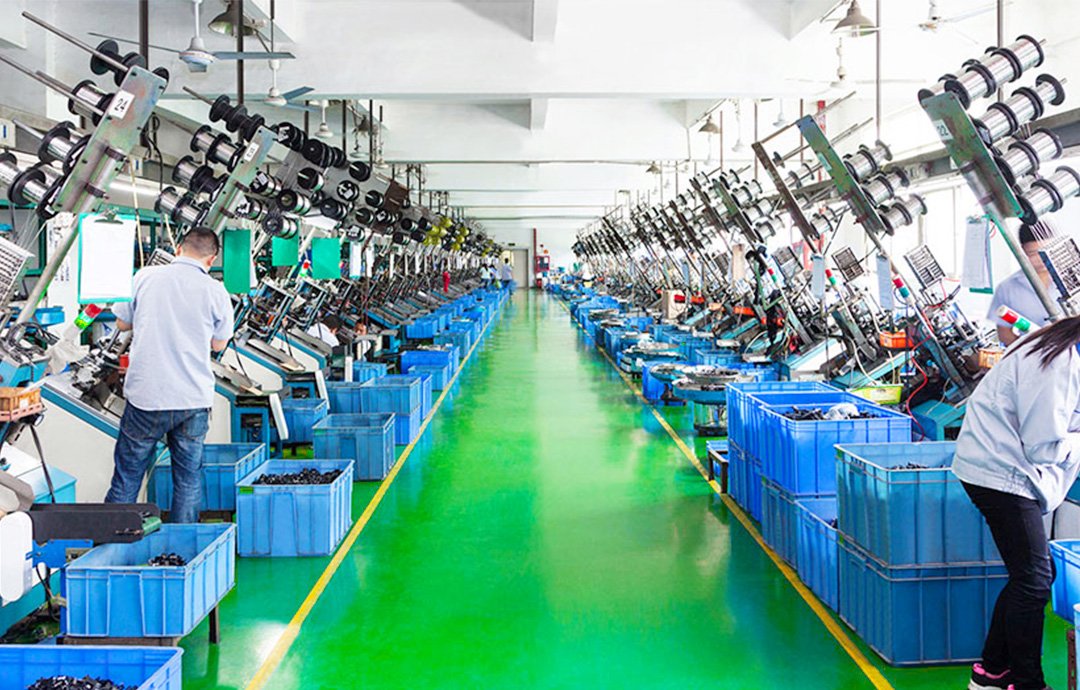A Brief Discussion on the Application Range of Transformer Bobs
The applications of transformer bobbins are extremely wide-ranging. Transformers are used in almost all electronic products; their working principle is simple, but the winding process of transformers requires different specifications depending on the application scenarios (different uses).
How should short-circuit accidents of transformer bobbins be handled? What should be considered first when problems occur? First and foremost, inspection and testing should be conducted after a short-circuit accident of transformer components.
When a transformer bobbin encounters a sudden short circuit, the low-voltage windings and balance windings are most prone to deformation, followed by the high-voltage and medium-voltage windings, iron cores, and clamps. Therefore, the post-accident inspection of transformer bobbins mainly focuses on checking the windings, iron cores, clamps, and other related parts.
1. Inspection and Testing of Windings
When a transformer bobbin is short-circuited, the windings are subjected to multiple forces such as compression, tension, and bending under the action of electromagnetic force. The faults caused by this are highly concealed and difficult to inspect and repair. Therefore, the windings should be the key focus of inspection after a short-circuit fault.
2. Inspection of Iron Cores and Clamps
The iron core of a transformer bobbin must have sufficient mechanical strength. The mechanical strength of the iron core is ensured by the strength of all clamping parts on the iron core and their connecting components. When electromagnetic force is generated in the windings, the axial force of the windings is offset by the reaction force of the clamps. If the strength of the clamps or pull plates is less than the axial force, the clamps, pull plates, and windings will be damaged. Therefore, the condition of the iron core, clamps, pull plates, and their connecting components should be carefully inspected.
A transformer bobbin is a device that converts alternating current (AC) voltage, current, and impedance. When an AC current passes through the primary coil, an AC magnetic flux is generated in the iron core (or magnetic core), which induces a voltage (or current) in the secondary coil.
The basic principle of a transformer bobbin is the principle of electromagnetic induction. A transformer bobbin — an electrical device that transmits electrical energy or signals from one circuit to another using the principle of electromagnetic induction — is a crucial component for electrical energy transmission or signal transmission.
